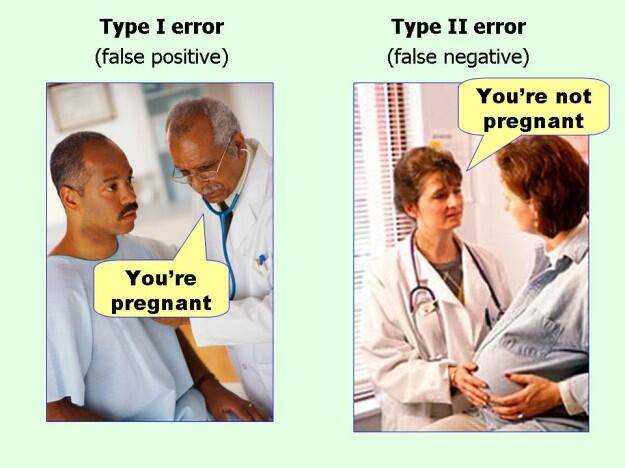Postacchini and Massobrio Classification (Nathan Modification)
Can be classified into 6 types:
Type I (slight curve): Curved slightly forward with apex pointing caudally (>50% incidence)
Type II (forward curve): More prominent ventral curvature with coccyx apex pointing anteriorly (8-32% incidence)
Type III (sharp angle): Acute anterior angulation of coccyx but no subluxation (4-16% incidence)
Type IV (subluxation): Focal anterior angulation with anterior subluxation (1-9% incidence)
Type V (retroverted): Posteriorly angulated coccyx (1-11% incidence)
Type VI (scoliotic): Scoliotic deformity or lateral angulation of coccyx (1-6% incidence)
Clinical implication
Patients with a type II-IV coccyx are more prone to develop idiopathic coccygodynia



